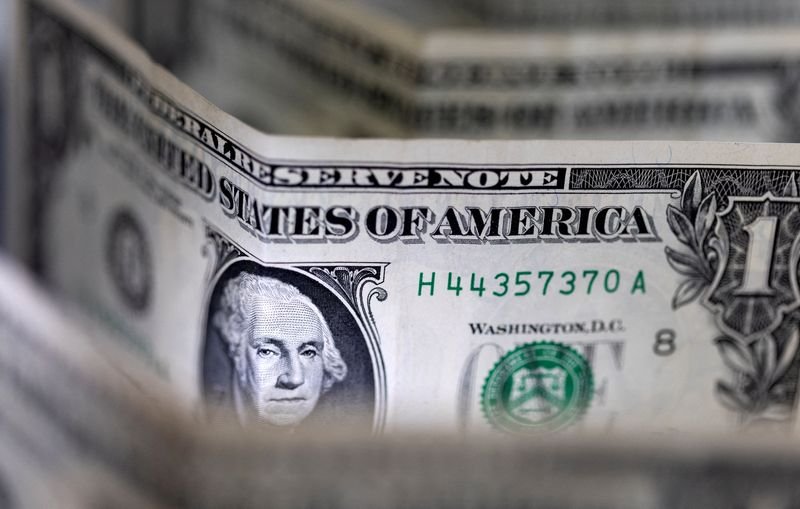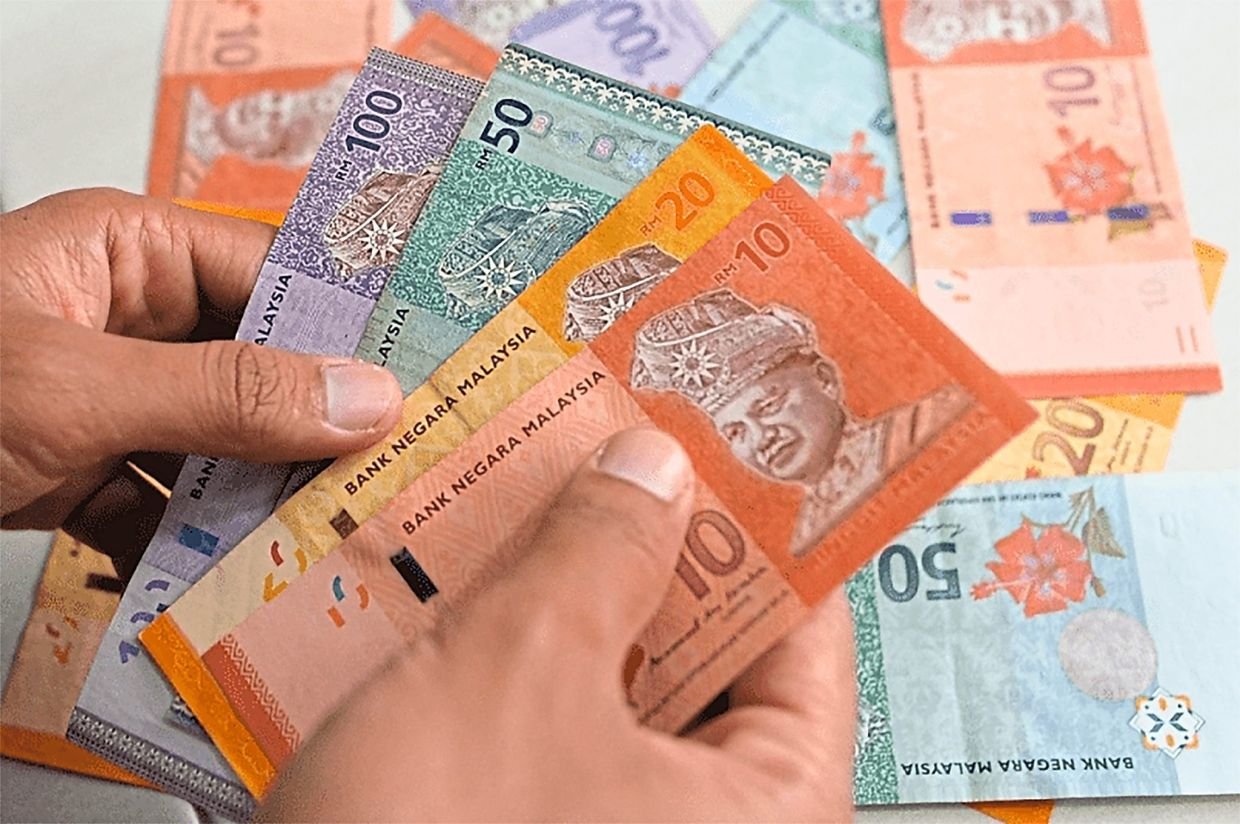Investing.com – The U.S. dollar slipped lower Thursday as traders began to factor in aggressive easing by the Federal Reserve to combat a cooling economy.
At 04:10 ET (09:10 GMT), the Dollar Index, which tracks the greenback against a basket of six other currencies, traded 0.2% lower to 102.802, not far removed from Monday’s seven-month low.
Dollar slips ahead of jobless claims
Last week’s disappointing release has lifted concerns that the U.S. economy was heading into recession, which would likely force the to cut rates more quickly than initially expected.
JPMorgan has raised the odds of a U.S. recession by the end of this year to 35% from a probability of 25% earlier, citing easing labor market pressures.
This has resulted in markets pricing a 100% chance of a 50 basis points interest rate cut in September by the Federal Reserve, according to CME’s FedWatch tool.
There was even talk earlier this week of the possibility of an emergency rate reduction before the September meeting, though the perceived likelihood of this has eased since then as markets stabilised somewhat.
There is more labor market data to digest Thursday, in the form of weekly , and next week sees the U.S. report for July before the central bank’s Economic Policy Symposium the following week.
Euro edges higher
In Europe, rose 0.2% to 1.0940, benefiting from the dollar weakness with little in the way of economic data to influence trading.
The started cutting interest rates in June, and many expect the policymakers to agree to any reduction in September.
The ECB can continue cutting interest rates if confidence in the slowing inflation trend strengthens in the near future, Finnish ECB policymaker Olli Rehn said in a speech on Wednesday.
“Inflation continues to slow down but the path to the two percent target remains bumpy this year,” Rehn said.
rose 0.1% to 1.2700, hovering close to the one-month low it touched on Tuesday.
The Bank of England’s is due for release later in the session, and could offer more clues as to why the central bank decided to cut interest rates last week.
Yen gains as carry trade weakens
In Asia, fell 0.3% to 146.19, having gained 1.6% on Wednesday after the Bank of Japan’s Deputy Governor Shinichi Uchida played down the chance of a near-term hike in interest rates.
The pair fell sharply to a seven-month low of 141.67 at the start of the week as a surprise hike from the last week led investors to bail out of carry trades, in which traders borrow the yen at low rates to invest in dollar-priced assets for higher returns, helping to lift the yen.
Around three-quarters of the global carry trade has been removed, JPMorgan strategists said in a Wednesday note.
In their recent report, JPMorgan noted that the risk-reward for global carry is low due to the upcoming US elections and the potential repricing of funders on lower US rates.
fell 0.1% to 7.1683, after a series of stronger-than-expected midpoint fixes helped the currency weather middling trade data released on Wednesday.
rose 0.7% to 0.6559, with the Aussie dollar gaining after RBA Governor Bullock said that the bank will not hesitate to raise interest rates over more upside risks to inflation.





